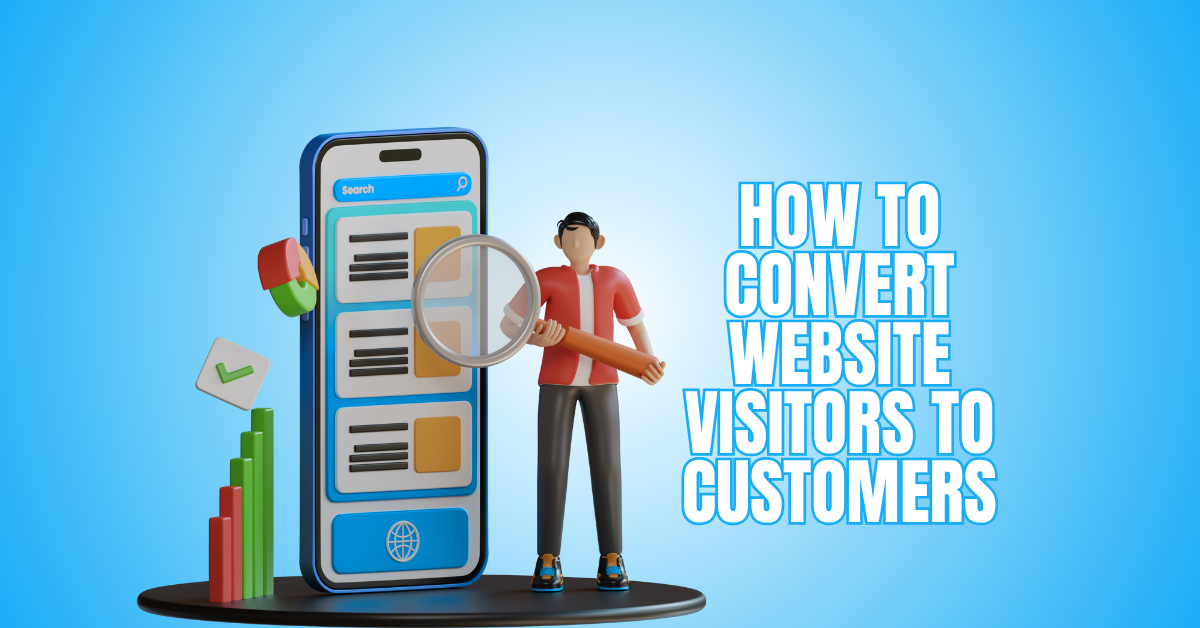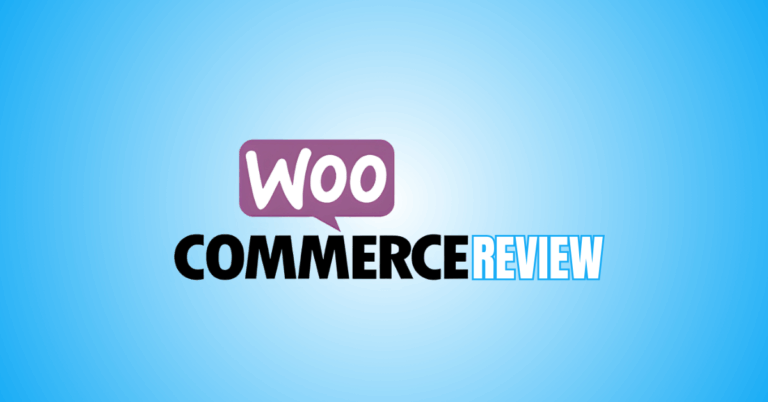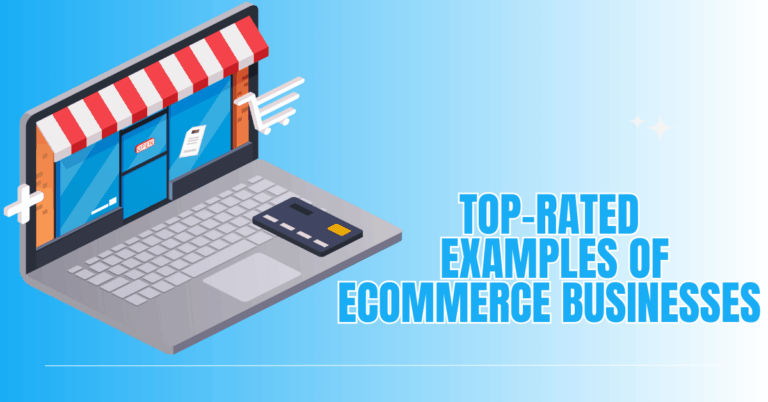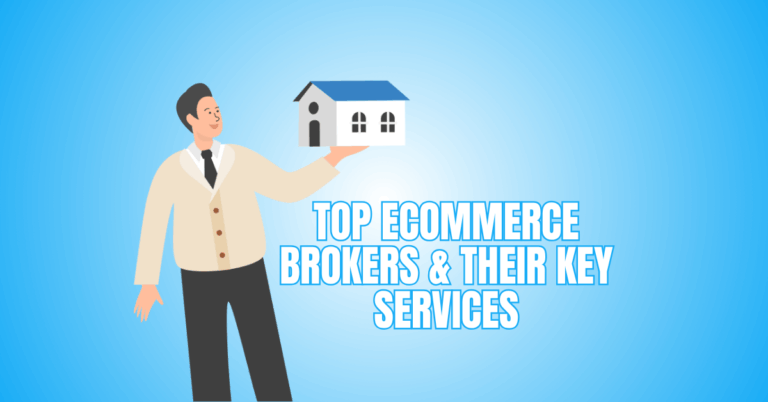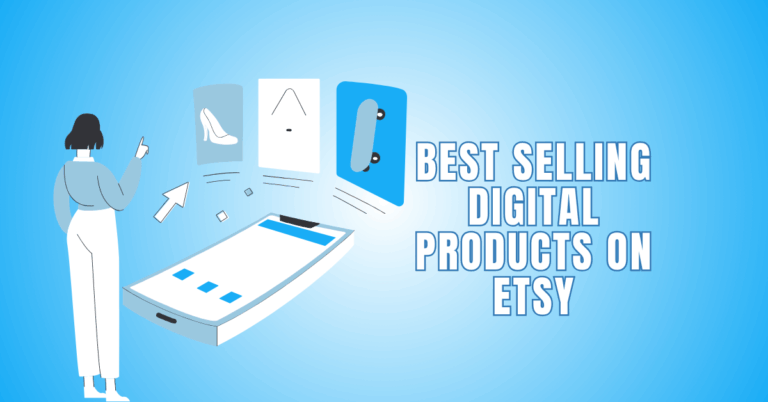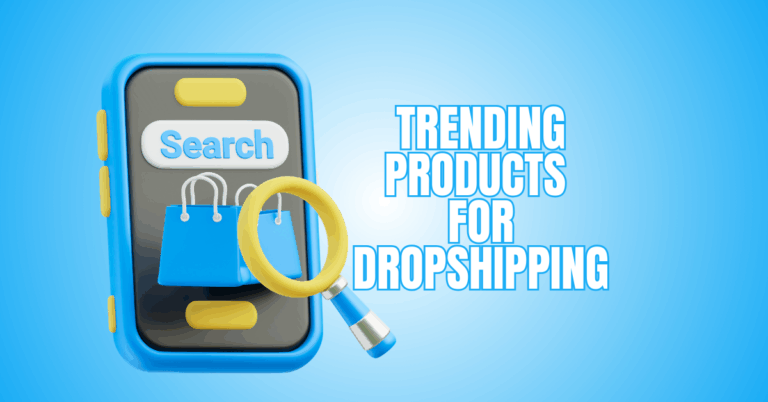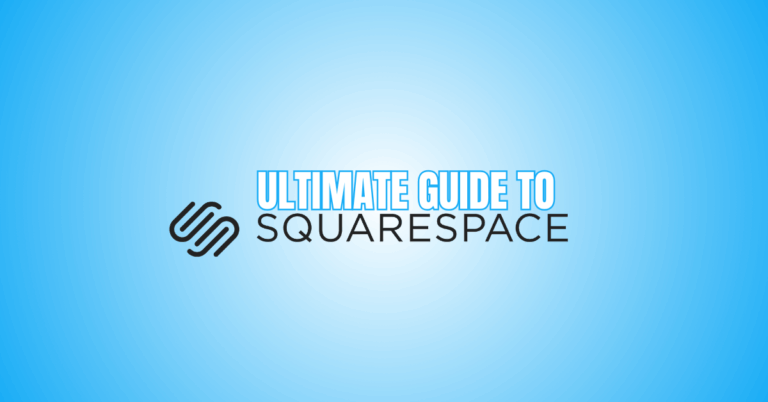How To Convert Website Visitors To Customers
Struggling to turn clicks into customers? You’re not alone. Many businesses attract traffic but fail to drive action.
This blog will explore how to convert website visitors to customers using proven strategies, real-world examples, and optimization techniques.
Whether you run an eCommerce store or a service-based site, these tips will help you boost conversions and grow your bottom line—starting today.
How To Convert Website Visitors To Customers
1. Understand Your Target Audience
You can’t convert visitors you don’t understand. The first step to improving conversions is getting crystal clear on who your target customers are.
This involves collecting data—demographics, browsing habits, purchase behaviours, and pain points—using tools like Google Analytics, Facebook Pixel, or customer surveys.
Based on this, create buyer personas that guide your messaging and content strategy. Each persona should include goals, challenges, and what motivates their decisions.
When you understand their mindset, you can position your product or service as a solution. Avoid generic messaging. Instead, show that you “get” their needs. Visitors are more likely to convert when they feel seen and understood.
Example
A project management software company targeting freelancers created a landing page focused solely on solo entrepreneurs' pain points—client management and deadlines. This clarity boosted free trial signups by 37% in just one month.
2. Improve Website Speed And Performance
Visitors won’t wait. A sluggish website makes a bad first impression and frequently results in bounces. Studies reveal that forty percent of users will leave a website if it takes longer than three seconds to load.
That’s a lot of potential customers lost to something fixable. Use tools like Google PageSpeed Insights, GTmetrix, or Lighthouse to audit performance.
Compress images, reduce redirects, use lazy loading, and choose fast hosting. Also, ensure your site is mobile-optimized—many visitors arrive via smartphones.
Speed isn’t just about convenience; it’s part of user experience and trust. If your site lags, users assume your service will too. Fast sites build confidence.
Example
A fashion retailer reduced their homepage load time from 4.7 seconds to 1.9 seconds. Mobile conversions increased by 28% in the following quarter, thanks to faster access and smoother browsing.
3. Use Clear And Compelling CTAs
Your call-to-action (CTA) is a pivotal conversion point. A vague or hidden CTA is a missed opportunity. Make your CTAs clear, bold, and benefit-driven.
Avoid words like “Click here” or “Submit” without context. Instead, use phrases like “Get My Free Trial” or “Download the Guide.” The copy should tell users what happens next and why it benefits them.
CTA buttons should be large enough to spot instantly, contrast with your background, and be placed at logical decision points.
A/B test different wording, placement, and colours to see what resonates best with your audience. Subtle tweaks often yield significant improvements.
Example
A meal delivery service changed its CTA from “Sign Up” to “Get My Healthy Meals Now” and saw a 23% increase in conversions because the new CTA conveyed the benefit.
4. Optimize Landing Pages
A great landing page has one job: to convert. Unlike homepages, landing pages should focus on a single offer and remove distractions.
Use an attention-grabbing headline, short benefit-driven copy, and one strong CTA. Reinforce value with bullet points, visuals, and customer testimonials.
Remove unnecessary links that may lead users away. Match the tone and offer with the source of traffic—email, ad, or social. Landing page consistency builds trust and reassures users they’re in the right place.
Add urgency where appropriate (e.g., “Limited-time offer”). Keep the layout clean and mobile-friendly. An optimized landing page acts as a conversion funnel, not a dead end.
Example
A digital marketing agency created separate landing pages for each of its services. Their PPC landing page focused only on Google Ads, with one clear CTA. This focused approach lifted their conversion rate from 12% to 29%.
5. Build Trust With Social Proof
People trust people—more than they trust brands. Social proof builds credibility and reassures users that they’re making a wise decision.
Add reviews, testimonials, star ratings, case studies, client logos, or user-generated content to your site. Include names, job titles, or photos for authenticity. If you’ve served thousands of customers, say so. “Join 10,000+ happy users” gives a powerful impression.
Third-party validation, like Trustpilot ratings or secure payment badges, also helps reduce skepticism—today’s users research before buying.
If they can’t find reassurance on your site, they’ll leave to look elsewhere. Social proof answers the unspoken question: “Can I trust you?”
Example
A CRM platform added customer testimonials and well-known client logos to its pricing page. Within 3 weeks, demo requests jumped by 40% as visitors gained confidence in the solution.
6. Simplify The Checkout Process
Complicated checkout processes often cause cart abandonment. Keep things simple. Offer guest checkout so users don’t need to register.
Display a clear progress indicator, remove unnecessary fields, and auto-fill where possible. Be transparent about shipping costs and timelines upfront—surprises here cause drop-offs.
Make sure the website is secure (SSL certificate, secure payment icons) and provide a variety of payment choices. A clean, intuitive layout guides users through the process effortlessly. Remove friction. The fewer clicks, the better.
Also, use exit-intent popups offering discounts if users try to leave the page. The checkout process is the final mile—don’t let poor design ruin it.
Example
An online pet supply store cut its 4-step checkout to 2 steps. By allowing guest checkout and streamlining the form, they reduced cart abandonment by 33% in a month.
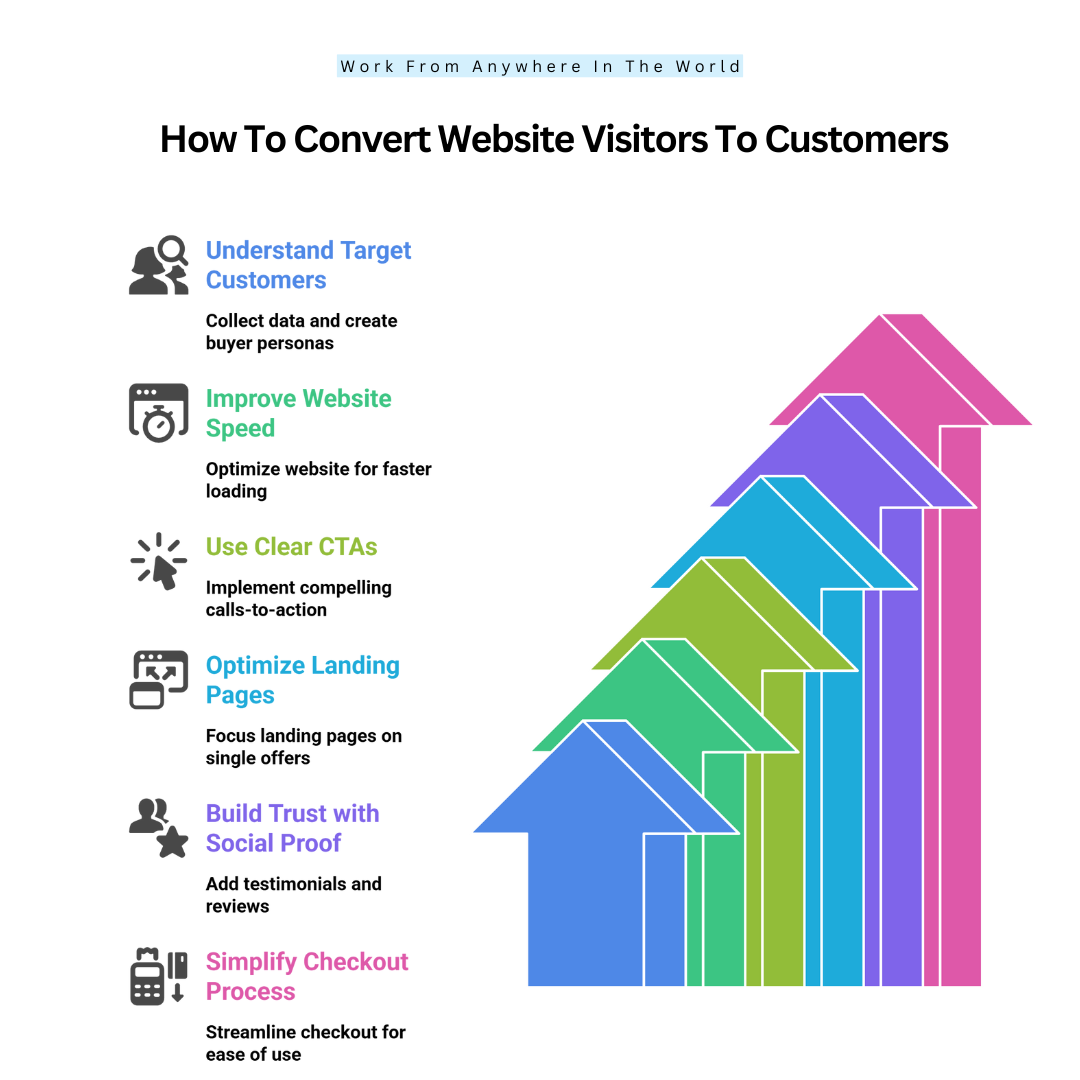
7. Offer Live Chat Support
Sometimes users have last-minute questions before converting. Live chat helps answer those questions in real-time, boosting trust and removing hesitation.
Implement chat on key pages like product, pricing, and checkout. Use chatbots for common queries and human agents for complex issues.
Personalize your messages with names or behaviour cues. Proactively trigger chats when users pause or scroll on high-intent pages. Chat builds a connection between brand and buyer.
It shows you're accessible and care about the customer experience. People love immediate answers—don’t make them wait or hunt through your FAQs.
Example
A tech gadget retailer added live chat to their checkout page. Many users asked about shipping or warranty. Within 30 days, they reported a 21% boost in completed orders after chat implementation.
8. Use Email Capture And Lead Magnets
Not all visitors are ready to buy now. But you can still capture their contact info and nurture them. Offer a lead magnet—a free resource, tool, webinar, checklist, or discount—in exchange for their email.
Use strategically placed forms or exit-intent popups. Keep it easy to claim. Then, follow up with a well-designed email sequence that educates and builds trust.
Share helpful content, success stories, and limited-time offers. Email lets you stay top-of-mind until they’re ready to convert. Larger purchases are 47% more likely to be made by fostered leads than by non-nurtured ones.
Example
A gardening tools site offered a “Free Vegetable Planting Calendar” as a lead magnet. Their email list grew by 3,000 in a month, and 22% of subscribers purchased within 45 days.
9. Leverage Retargeting Ads
Many visitors don’t convert on their first visit. Retargeting lets you bring them back with personalized ads across platforms like Google, Meta, and LinkedIn—segment audiences by behaviour—cart abandoners, page viewers, or blog readers.
Then serve ads relevant to their last action. Use urgency (“Still interested? 20% off ends today”), social proof, or value reinforcement.
Retargeting keeps your brand visible while reminding users why they visited. On average, retargeted users are 70% more likely to convert than new ones. It’s an essential tactic for closing the loop.
Example
An online mattress company ran retargeting ads showing testimonials and a 15% discount to cart abandoners. Within two weeks, abandoned cart recoveries increased by 32%.
Wealthy Affiliate – Mini Review (2025)
If you’ve ever thought about turning your blog, passion, or niche into an online business,
Wealthy Affiliate (WA) is one of the most beginner-friendly platforms I’ve used.
It combines step-by-step training, website hosting, SEO research tools,
and an active community all in one place.
What I like most: you can start free (no credit card needed),
explore lessons, test the tools, and connect with other entrepreneurs
before upgrading. WA isn’t a “get rich quick” scheme — it’s a platform where success comes
from consistent effort and applying what you learn.
10. Provide Value With Content Marketing
Great content builds trust and keeps visitors coming back. Blogs, videos, ebooks, and webinars can help answer questions, educate users, and position your brand as an expert.
Your content should address your audience’s pain points and guide them through the buying journey. Create SEO-optimized blogs that attract traffic and include CTAs that move users closer to conversion.
Offer gated content to capture leads and email nurture sequences to follow up. Educational content builds authority, solves problems, and naturally leads users toward your products.
Example
A cybersecurity firm launched a blog series titled “Data Breach Prevention 101.” The posts gained high traffic and included CTAs linking to their free security audit. They saw a 44% increase in qualified leads over 60 days.
11. Personalize The User Experience
Personalization makes users feel understood. Use browsing history, referral source, or location to show tailored content and offers.
Recommend related products, display recently viewed items, or customize homepage banners based on user behaviour. Even small touches like using the user’s name in emails or offering local deals can create a connection.
Tools like Segment, HubSpot, or Optimizely help scale personalization. When users see content that fits their needs or interests, they’re more likely to stay, engage, and convert.
Example
A travel booking site showed deals based on users’ past searches (e.g., “You recently viewed Bali trips—here’s 10% off.”). Personalized deals increased click-through rates by 27% and bookings by 18%.
12. Analyze And A/B Test Continuously
Conversion is not a “set and forget” task. Use analytics to see what works and where users drop off. Tools like Google Analytics, Hotjar, and Crazy Egg let you track user behaviour and heatmaps.
A/B test headlines, CTA text, layout, colours, and images to see what performs best. Don’t assume—test everything. Even minor tweaks can lead to significant gains.
Measure your results and adapt continuously. High-converting websites are built through constant iteration and optimization, not one-time design decisions.
Example
An online learning platform tested two variations of its pricing page—one with feature tables and another with benefit bullets. The benefit-focused version outperformed the original by 34% in signups.
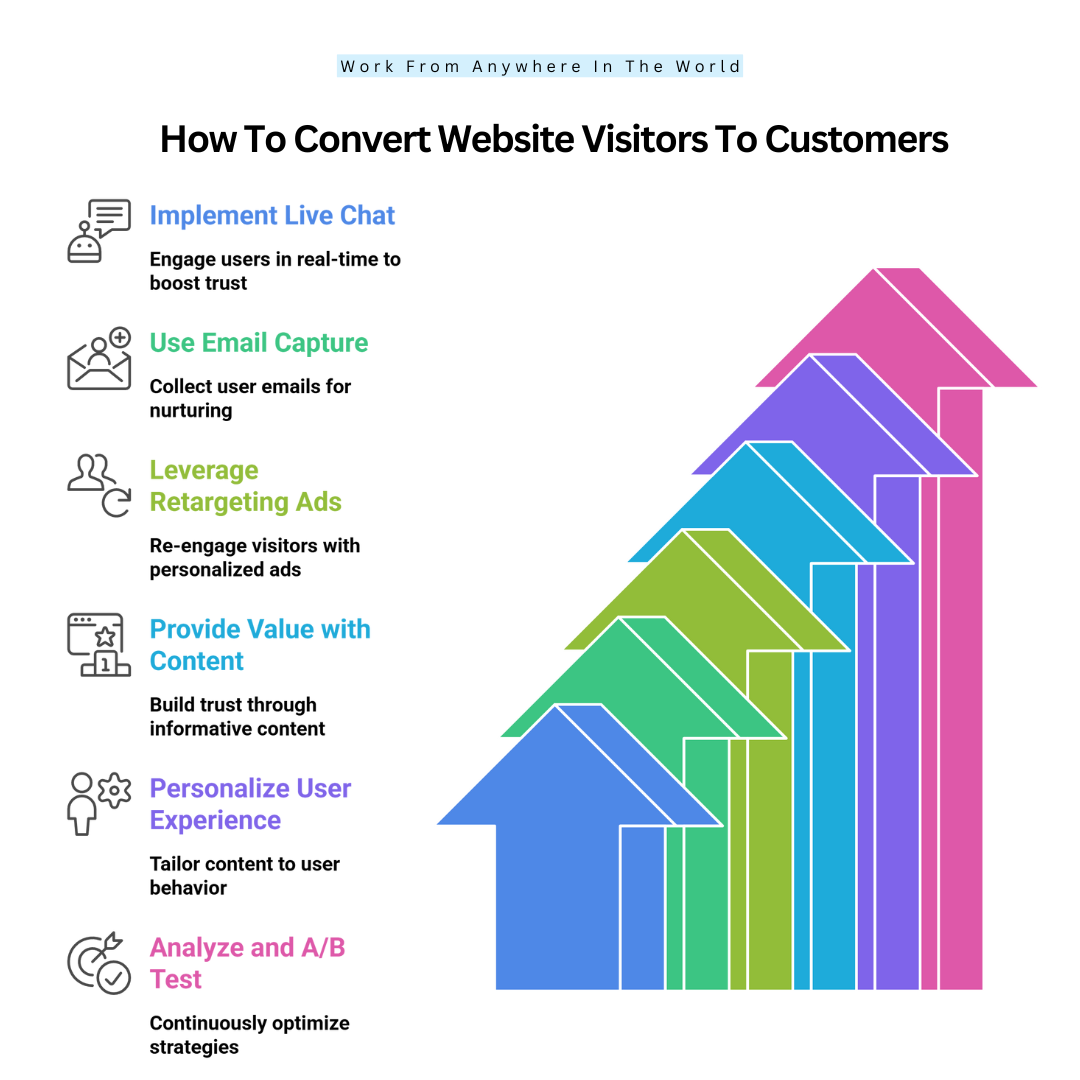
The Psychology Behind Online Customer Behaviour
Understanding the psychology of online customers helps brands create more effective digital experiences. From impulse buys to brand loyalty, psychological triggers back every click. Here are ten key insights:
1. First Impressions Shape Trust Instantly
After visiting a website, individuals form an opinion within milliseconds. If your design looks outdated, cluttered, or confusing, users might perceive your business as untrustworthy.
Clean, modern layouts, fast loading times, and intuitive navigation immediately create a positive impression. Psychologically, humans associate visual quality with reliability and professionalism.
That’s why design and usability aren’t just aesthetic—they influence trust, credibility, and whether a visitor decides to stay or bounce right away. A good first impression sets the tone for deeper engagement.
2. Social Proof Validates Buyer Decisions
Humans naturally look to others for guidance, especially in uncertain situations. This is why online reviews, testimonials, case studies, and customer photos play such a significant role in conversions.
Trust is increased, and the perceived danger of making a poor choice is decreased when real users provide positive feedback.
This is known as social proof, and it makes us feel compelled to act in a certain way. Seeing that others are happy with a purchase creates reassurance and can be the final push toward buying.
3. FOMO (Fear of Missing Out) Drives Impulse Purchases
When people think they might miss out on something valuable, they often act quickly. Tactics like countdown timers, limited stock notices, or phrases like “Only 3 left!” trigger FOMO—Fear of Missing Out.
This psychological urgency bypasses logical thinking and nudges users toward impulse purchases. It works exceptionally well during promotions or product launches.
Because we’re wired to avoid loss, FOMO makes the opportunity feel more precious, encouraging quicker decision-making and increasing conversion rates in competitive online environments.
4. Reciprocity Builds Customer Loyalty
When a brand offers something first—like a freebie, helpful guide, or discount—users often feel compelled to give something in return. This is known as reciprocity, a psychological principle deeply rooted in human nature.
If your website offers value without expecting an immediate sale, users may return the favour by subscribing, purchasing, or sharing your brand.
This emotional exchange creates goodwill and builds long-term loyalty. Offering value first is an effective way to form authentic, lasting relationships with potential customers.
5. Simplicity Reduces Decision Fatigue
Online users are easily overwhelmed by too many choices, pop-ups, or complex navigation. According to Hick’s Law, the more options presented, the longer it takes to make a decision.
Simplicity helps eliminate friction and confusion, making it easier for users to focus on what matters—like clicking a button or completing a checkout.
Clean layouts, clear calls-to-action, and minimal distractions reduce cognitive load and make visitors feel in control. The simpler the user experience, the higher the chance of conversion.
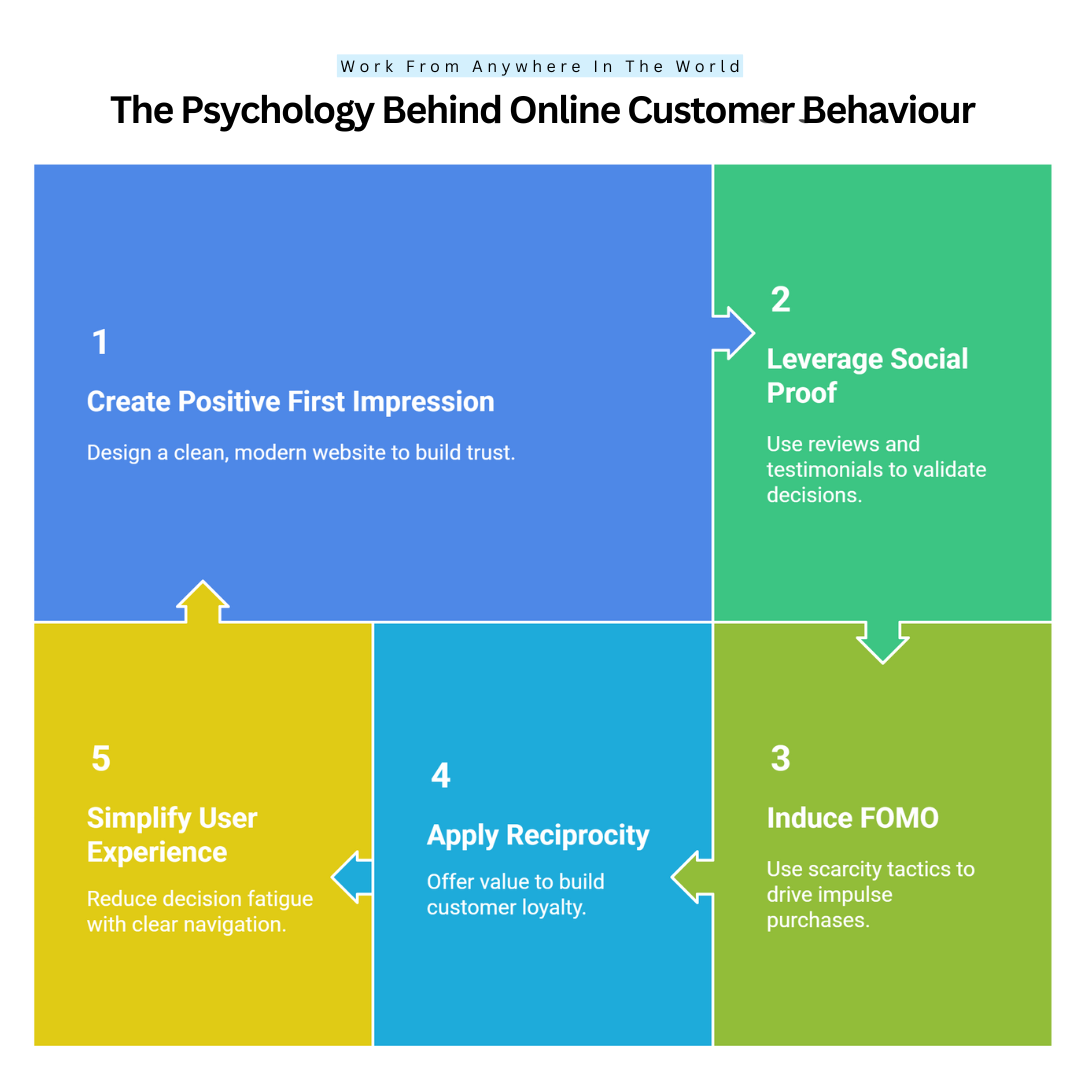
6. Personalization Increases Emotional Connection
When users feel a brand understands their unique needs, they're more likely to engage. Personalized product suggestions, custom emails, and dynamic content based on behaviour make the user experience more relevant.
This relevance builds an emotional connection and increases loyalty. Psychologically, people want to feel seen and valued. By showing users tailored content based on browsing history or preferences, brands tap into that desire.
Personalization can dramatically improve click-through rates, conversions, and customer satisfaction across all digital channels.
7. Anchoring Alters Perceived Value
Anchoring happens when people place a lot of weight on the first piece of information they come across. For example, showing an original price of $200 next to a discounted $120 makes the latter feel like a bargain—even if the product was never worth $200.
This pricing trick influences perception of value. Brands often use anchoring to promote premium versions, upsell packages, or show deals.
Once the “anchor” price is set, all future decisions are subconsciously compared to it, shaping purchasing behaviour significantly.
8. Loss Aversion Triggers Quick Action
Psychologists have found that the pain of losing something is stronger than the joy of gaining it. This is called loss aversion.
In online marketing, this can be applied by emphasizing what users might lose by not acting—whether it’s missing out on a deal, availability, or exclusive content.
Scarcity tactics and deadline-driven offers leverage this fear. When users realize they might lose access or value, they’re more likely to act immediately. It’s a powerful motivator rooted in human survival instinct.
9. Colour And Design Influence Emotions
Colours aren’t just aesthetic—they trigger subconscious emotional responses. For example, blue often represents trust, red creates urgency, green suggests growth, and black signals luxury.
Typography, layout, and spacing also influence mood and perception. A website with calming tones and soft edges may encourage more relaxed browsing, while bold colours and sharp CTAs create urgency.
Every design element either reassures or overwhelms. Understanding colour psychology helps brands align visual cues with the emotional state they want users to experience and act on.
10. Cognitive Dissonance Causes Abandonment
Cognitive dissonance happens when users experience mental discomfort due to conflicting thoughts—like wanting a product but feeling uncertain about the price, quality, or terms. This often leads to cart abandonment.
To reduce this tension, brands must offer reassurances—like clear return policies, FAQs, free shipping, or secure checkout badges. Providing transparency and reducing unknowns helps users feel confident in their decision.
The fewer doubts a customer has before purchasing, the less likely they are to leave without completing the transaction.
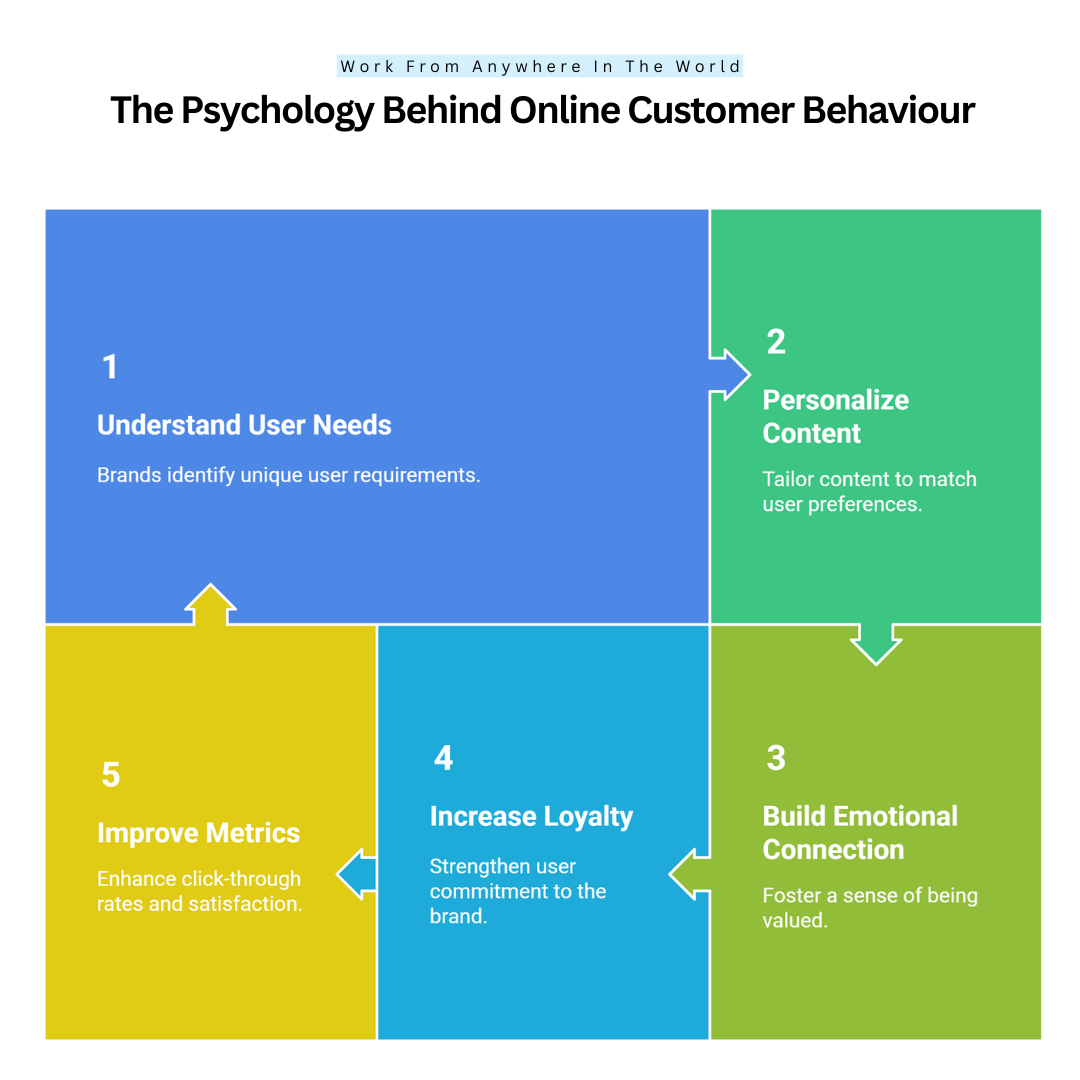
Conclusion
Understanding how to convert website visitors to customers involves strategic design, clear messaging, and ongoing performance optimization.
You may facilitate the buying process and establish enduring trust with your audience by implementing the strategies discussed in this blog. Ready to boost conversions?
Start small, measure results, and optimize continuously. With the right approach, turning visitors into customers becomes not just possible—but predictable.
I trust you enjoyed this article on How To Convert Website Visitors To Customers. Please stay tuned for more insightful blogs on affiliate marketing, online business, and working from anywhere in the world.
Take care!
— JeannetteZ
💬 Your Opinion Is Important To Me
Do you have thoughts, ideas, or questions? I’d love to hear from you. Please leave your comments below or email me directly at Jeannette@WorkFromAnywhereInTheWorld.com.
📚 More Work From Anywhere Reads
🚀 Ready to Build a Business You Can Run from Home
or from Anywhere in the World?
Imagine creating income on your terms — from home, a cozy café, or wherever life takes you.
With the right tools, training, and community support, it’s entirely possible.
Start your own online business for free — no credit card needed.
Disclosure
This post may contain affiliate links. As an Amazon Associate and participant in other affiliate programs, I earn from qualifying purchases at no extra cost to you. Please read my full affiliate disclosure.

